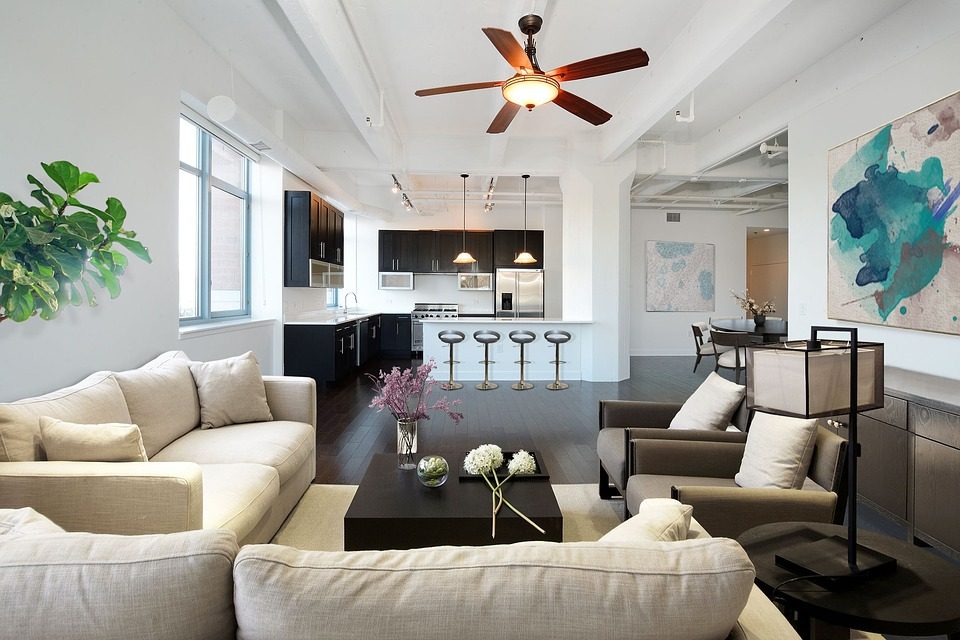How to Price Your Philadelphia Real Estate to Sell
Naturally, like most homeowners, you have a strong emotional connection to your home and, understandably, feel it deserves top dollar when placed on the market. After all, no one knows your home better than you, including all the investments you’ve made in it over the years. But even though all sellers want to get the most money for their homes, especially in today’s challenging economic times, decisions made regarding the listing price cannot be made in haste advises Larry Flick, CEO of Prudential Fox & Roach, serving Philadelphia Metro Area.
“Listing your home at a price that is too high can cause it to languish on the market,” explains Flick. “This can result in the home selling at an even lower price than would have been realized had it been priced properly from the beginning.”
How to Price Your Home to Sell
To avoid this scenario and generate optimal profits from the sale of your home, Flick suggests taking into consideration all of the following factors in order to establish a fair, competitive and marketable sale price:
Square footage – Total square footage is an important consideration when establishing a home’s listing price, but this is usually just a starting point for buyers. Buyers will look at square footage to narrow their selections, but will make an actual purchase decision based on many other factors.
Location within the community – Quiet cul-de sacs, golf or water frontage, lots that offer privacy, etc. are value-adds that can justify a higher sale price over other homes in a community … or be leveraged as an advantage against competing listings.
Views … or lack thereof – Whether it is the ocean, a downtown skyline, the mountains, water or some other desirable landscape, buyers are willing to pay a premium for views and a home should be priced accordingly.
Upgrades and features – For a home to sell quickly at the desired price, it must be “finished” with as many structural and interior design upgrades as possible. “Any functional or beautification enhancement to a home are key considerations in establishing a home’s true value and strategic sale price,” says Flick.
Community amenities – Guard-gated communities or those with amenities such as a clubhouse, swimming pool or fitness center are elements that raise a home’s price per square foot. When pricing a home without these benefits, know whether you are competing against other homes that do offer such value-adds so that you can price your home as aggressively and competitively as possible.
Comparable sales – Don’t price your home based on price per square footage of other home sales in your community six or more months ago, as these don’t offer a realistic portrayal of current market conditions. Flick advises sellers to focus on prices of active listings to hone a competitive pricing strategy.
Professional appraisal – If you need to sell your home quickly, Flick suggests listing it at or below the appraised value as buyers are educated, are shopping deals, and will recognize your fair price and be more apt to pay it with less haggling.
Current mortgage conditions – Lenders now require higher credit scores and higher down payments, which can cash-strap buyers holding out for the best deal possible. Savvy sellers will understand the mortgage industry’s impact on the buyer and will price accordingly.
“Anyone considering selling their home should work with a professional real estate agent who can guide them through all of the above steps,” says Flick. “A seasoned agent will be armed with current, local statistics and know how to sell your home at the best possible price.”
By Larry Flick, Prudential Fox & Roach Realtors



